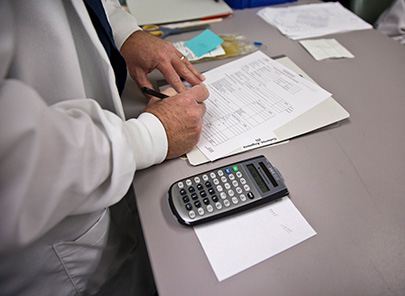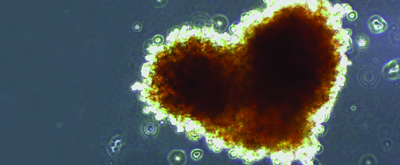Stem cell collection in allogeneic transplants
Stem cell collection in allogeneic related donor transplant
 In an allogeneic transplant a matching donor – your sister or brother – will donate stem cells for you.
In an allogeneic transplant a matching donor – your sister or brother – will donate stem cells for you.
Your donor will be evaluated with a detailed medical history a physical exam, blood tests, urine tests, chest X-ray and EKG. This evaluation assures the donor is healthy enough to donate and identifies any potential risks of transmitting a disease.
Most often, stem cells are collected through veins in a donor’s arm, but if the vein is not large enough, a temporary catheter (tube) may be placed in a large vein in the chest for collection.
Prior to scheduled collection, your donor will be given daily injections of a medication called G-CSF (granulocyte colony stimulating factor) to produce more stem cells in the bone marrow and release them into the blood stream. This is called mobilization.
Cells will be collected using an apheresis machine. The donor’s blood will flow from the body and into the apheresis machine, which will separate the stem cells from blood and return blood to the donor.
After collection, the cells are processed and analyzed for the amount of stem cells collected.
Your donor will be informed of the cell-count results every evening following collection, to determine whether an additional collection will be required the following day. The collection continues until the target number of stem cells is reached. For most donors, only a single day of collection is needed.
Following each collection day donated stem cells may be infused “fresh” without freezing, or processed and frozen in the Hematopoietic Progenitor Cell Laboratory in the Cancer Center and stored in liquid nitrogen storage tanks until the transplant day.
Stem cell collection in allogeneic unrelated-donor transplant
If a matching donor cannot be found in your family, your transplant nurse coordinator and your transplant doctor will launch a search for a matching donor on stem cell donor registries, such as the National Marrow Donor Program (NMDP).
After identifying a matched donor, the NMDP team will work closely with your transplant team and the donor’s cell collection center to schedule a collection date. This date will depend on the planned transplant treatment, the donor’s availability and the collection center’s schedule.
On the scheduled day, donor stem cells will be collected and transported by a trained courier to the UC Davis Medical Center. These cells will be infused to you within 24 to 48 hours after collection.
Stem cell collection in umbilical cord blood transplant
If your transplant physician determines that cord blood is the best source of stem cells for your transplant, your nurse coordinator and doctor will find matched cord blood in stem cell registries, such as the National Marrow Donor Program (NMDP), and request shipment of the cord blood to UC Davis Medical Center before you begin pre-transplant treatment.
The selected cord blood will be shipped frozen and stored in the Hematopoietic Progenitor Cell Laboratory at the Cancer Center until the infusion day.



